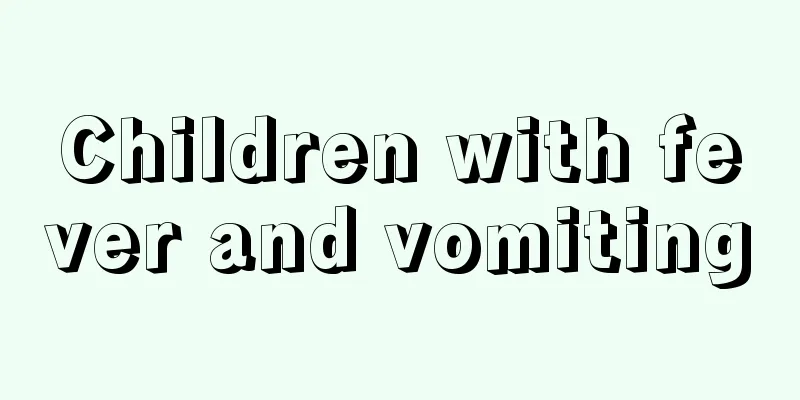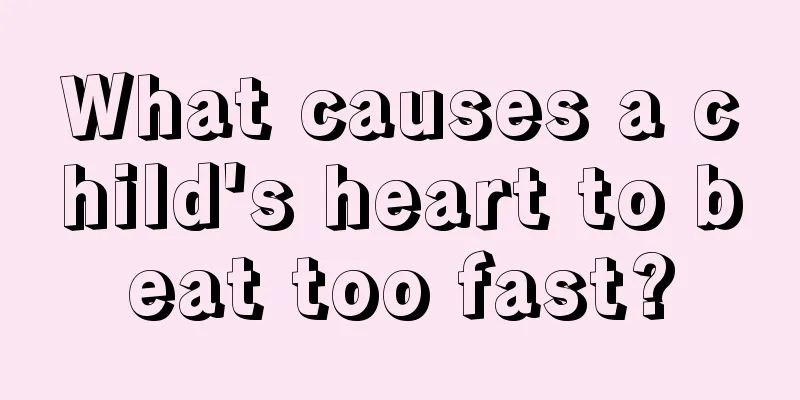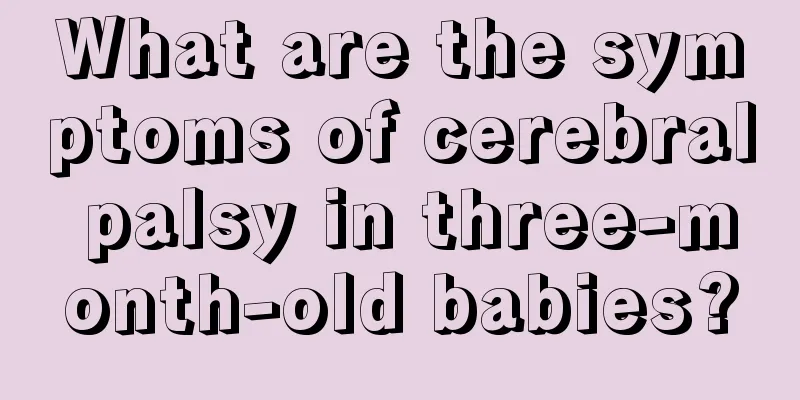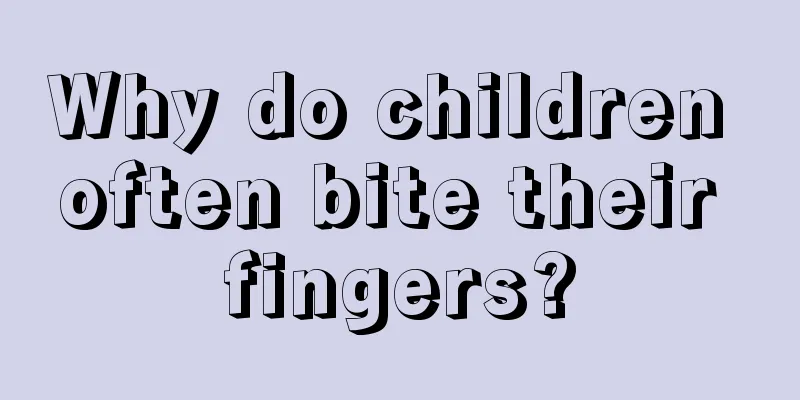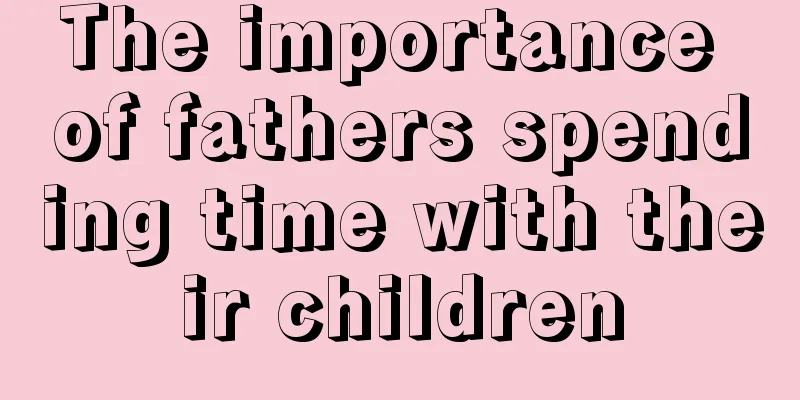What causes joint pain in children?
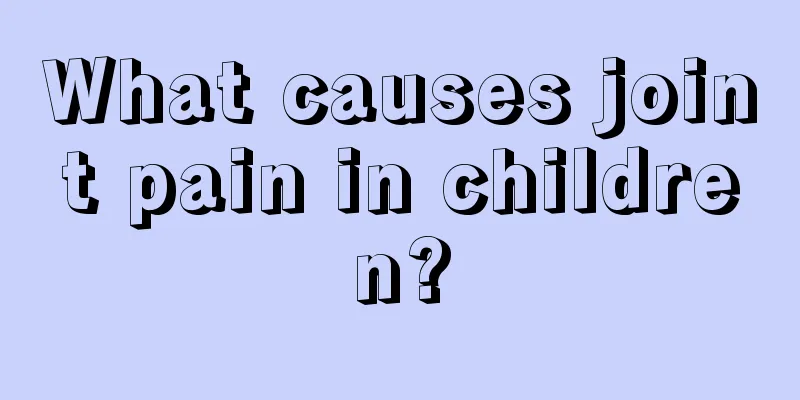
|
Children's joints are very fragile and easily injured. During the process of growth and development, protecting children is a very important choice. When children have joint pain, be careful that it may be caused by inflammation or wind infection of the joints. The cause of the pain needs to be found and treated.
When joint pain occurs, we need to make a comprehensive analysis and judgment based on the location of the joint pain, duration, presence or absence of accompanying symptoms, and the general condition of the child. First, we need to confirm whether it is indeed pain in the joints. Children often cannot express themselves clearly and often mistake muscle pain or bone pain for joint pain. This requires the doctor to carefully examine the painful area, press and check the joint movement in all directions, and carefully observe the child's expression and reaction during the examination to clarify the condition. Determining the location of pain is often the first step in making a clear diagnosis and is very important for determining the nature of the disease. For example, in leukemia, pain is caused by the infiltration of leukemia cells into the periosteum and cortical bone, but at this time the pain is often mainly in the bones, which can easily confuse children. Secondly, we need to determine how long the joint pain lasts. For example, growing pains in children often occur in the first half of the night and then ease. Reactive arthritis is often characterized by repeated joint pain, which can last for hours to days and eventually ease on its own. The joint pain caused by bone tumors is often more severe, persists, and is ineffective against ordinary painkillers. In rheumatoid arthritis, the pain often lasts longer, and joint stiffness may even occur after rest or sleep. When joint pain occurs, the accompanying symptoms in the joint are also very important for determining the condition. For example, if a single joint is red, swollen, hot, and painful, you should first rule out the possibility of suppurative arthritis; if there is symmetrical pain in multiple joints of both hands and feet accompanied by swelling and deformity, polyarticular juvenile idiopathic arthritis should be considered; if the joints suddenly become swollen, red, hot, and painful within a short period of time, you need to consider intra-articular bleeding caused by hemophilia.In addition, the general condition of the body and the condition of other organs when joint pain occurs also need to be considered. For example, if joint pain is accompanied by remittent fever lasting more than two weeks and enlarged liver, spleen and lymph nodes, systemic juvenile idiopathic arthritis should be considered; if joint pain is accompanied by low-grade fever in the afternoon, night sweats, skin nodular erythema, and chronic cough, tuberculous arthritis should be considered; if joint pain is accompanied by recurrent abdominal pain, joint pain caused by inflammatory bowel disease should be considered. In summary, the causes of joint pain in children are very complex and can be physiological or pathological. It is very important to choose a specialist hospital and a specialist physician in a timely manner. |
<<: How to treat flat warts in children
>>: The baby has fat particles on his face
Recommend
What should I do if my baby's hair is a little yellow?
Hair problems can reflect whether our entire body...
How to stop a child's nose bleeding?
A child is the apple of the eye of the entire fam...
What is the reason for six fingers in newborns?
Newborns with six fingers are actually a phenomen...
What to do if your child talks back to you?
The situation in each family is different. Those ...
What should I do if my child is bitten by an ant?
Ants are the most numerous creatures on Earth. Al...
What should we pay attention to in the education of adolescent boys?
The education of adolescent boys is the biggest c...
What to do if your child has a high fever and a sore throat
In life, it is very common for children to have a...
Can babies with inflammation take Austar?
When the baby has inflammation, you must be caref...
What are the contraindications for breast milk jaundice?
Don’t worry too much about breast milk jaundice. ...
What to do if your three-year-old baby has diarrhea
Three-year-old babies often suffer from diarrhea ...
How can a newborn baby sleep to have a good head shape?
A first-time mother is paying close attention to ...
Children's age and height standard indicators
I don’t know if you are aware of the age and heig...
Medication and diet therapy for convulsions in children
Convulsions in children can be divided into physi...
How to supplement calcium deficiency in one and a half year old baby
If a one-year-old baby lacks calcium, problems ar...
What are the causes of milk allergy in babies?
When the baby is young and cannot eat complementa...

